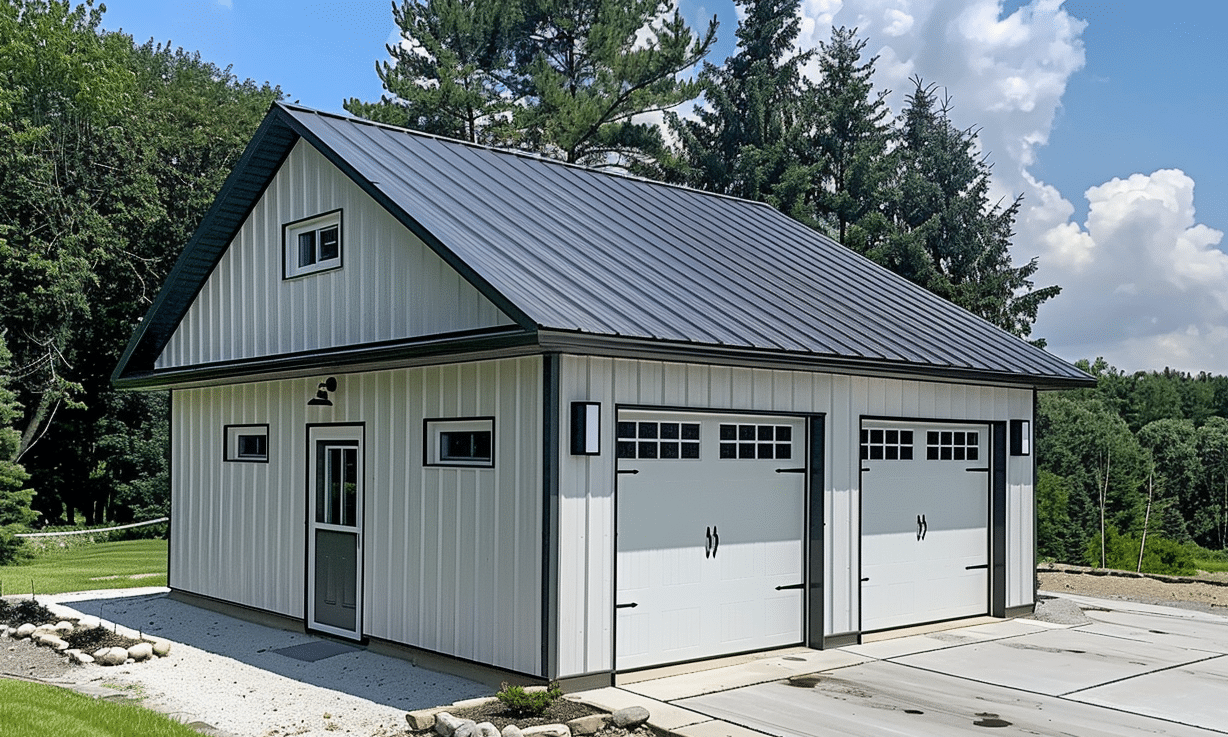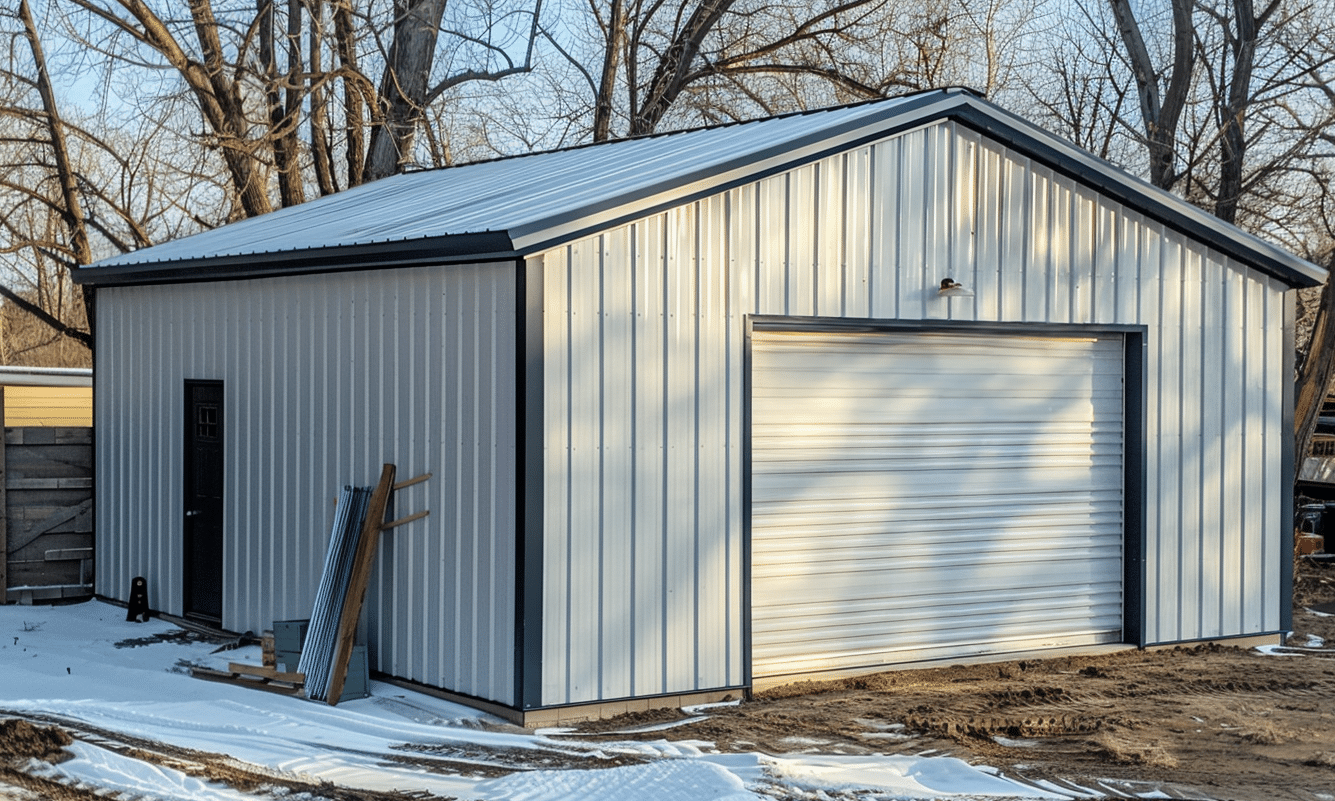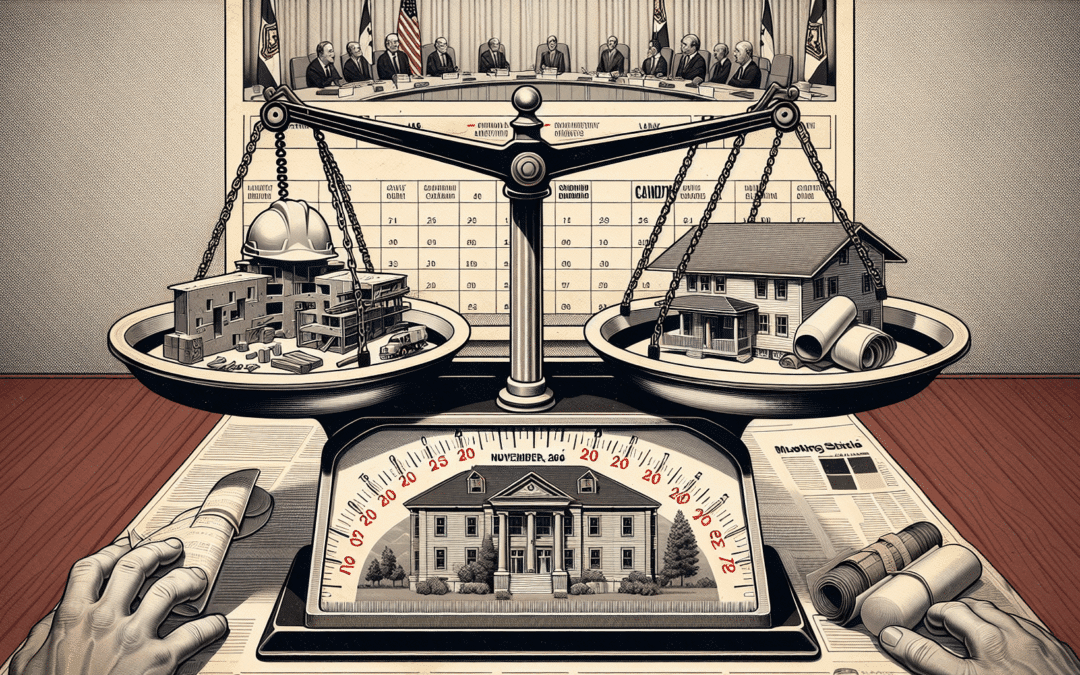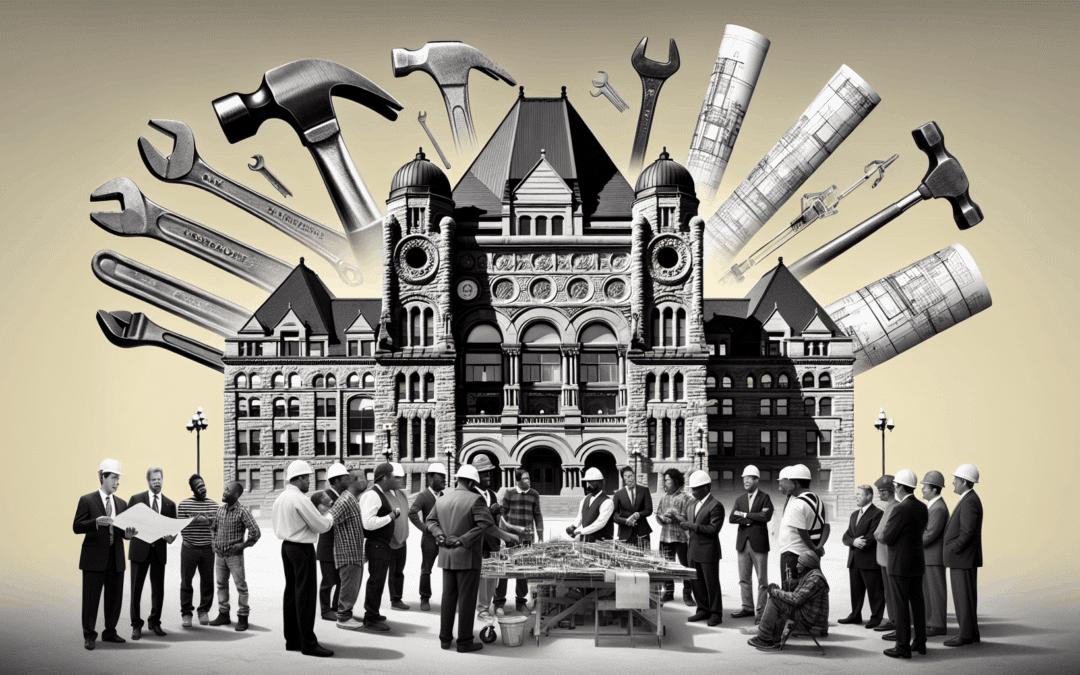Investing in real estate often brings to mind large-scale projects and substantial financial commitments. However, sometimes the most transformative investments are the simplest and most overlooked. One such opportunity lies in the addition of a new garage to your property. Whether you own a residential home in a suburban area or a compact urban dwelling, integrating a garage can significantly enhance your property’s value and usability.
The Hidden Potential of a New Garage
A garage, often seen merely as a place to park vehicles, can serve multiple strategic purposes. Beyond protecting cars from the elements, garages can also function as storage spaces, workshops, and even additional living areas. Investing in a garage is not just about adding a structural extension but about transforming your property into a more versatile and valuable asset.
Boosting Property Value
One of the most compelling reasons to add a garage to your property is the potential increase in property value. According to various market analyses, houses with garages tend to sell for significantly higher prices compared to those without. In fact, the return on investment (ROI) for adding a garage can be substantial, often ranging between 60% to 80%. This is particularly true in regions where weather conditions necessitate covered parking solutions, such as in many parts of Canada.
Maximizing Utility and Versatility
A new garage is more than just a parking spot. It provides additional storage space which can be particularly valuable in urban settings. For those interested in Enhancing Urban Properties with Compact Garage Solutions, the utility of a compact garage cannot be overstated. From storing seasonal items to serving as a private workshop for hobbies and small businesses, the possibilities are vast. Additionally, a well-designed garage can be converted into a home gym, an art studio, or even a rentable living space over time, providing further income opportunities.

Strategic Investments: Choosing the Right Garage Package
When considering adding a garage, selecting the right package is crucial. A 30×30 garage package offers substantial space to meet a broad range of needs. This size is versatile enough to accommodate two vehicles and still provide extra room for storage or a workspace. Choosing a well-designed and robust package not only ensures longevity but also adds aesthetic value to your home.
Customization and Design Flexibility
Modern garage packages offer impressive customization options, allowing homeowners to tailor the structure to their specific needs and preferences. From choosing the right roofing materials to selecting colours that complement the existing house, the ability to customize ensures that the garage adds both functional and visual value. Additionally, features such as insulation, finished interiors, and advanced security systems can be incorporated to enhance the garage’s utility and safety.
Environmental and Financial Benefits
Investing in a garage is not just a financial endeavor; it’s also about improving your living environment. A garage can significantly enhance curb appeal, giving your property a more polished and complete look. Additionally, by providing proper shelter for vehicles, garages contribute to their longevity, reducing maintenance costs over time. For those considering long-term financial stability, properties with garages are preferable in the housing market (housing market), often selling faster and at higher prices.

Step-by-Step Guide to Investing in a New Garage
Embarking on the journey of adding a garage to your property requires careful planning and execution. Here’s a step-by-step guide to help you navigate this investment:
1. Assess Your Needs
Before you begin, it’s crucial to determine how you intend to use the new garage. Consider whether it will be used solely for parking, or if you need additional space for storage, a workshop, or other purposes.
2. Research and Choose the Right Package
Explore various garage packages and select one that fits your requirements. For instance, a 30×30 garage package offers a balanced combination of space and versatility. Research different vendors to ensure you get the best quality and value.
3. Secure Necessary Permits
Most municipalities will require a building permit for the construction of a new garage. Check local regulations and obtain all necessary permits to avoid any legal complications.
4. Design and Customization
Work with your chosen vendor to customize the design of your garage. Ensure that the materials and colours align with your existing property to create a cohesive look. Consider adding features like insulation, security systems, and finished interiors.
5. Professional Installation
Hiring professional contractors for installation ensures that your garage is built to last. Professional installation guarantees structural integrity and compliance with local building codes.
Concluding Thoughts
A new garage is not just an addition to your property; it’s a strategic investment. It enhances your property’s functionality, boosts its market value, and offers a range of uses that can improve your quality of life. Whether you’re looking to increase storage space, create a new workspace, or simply add value to your home, a well-planned garage investment is a smart move for any homeowner.
Finding the right investment opportunities in real estate can sometimes seem daunting, but starting with a manageable project like a new garage can pave the way to more significant investments. If you’re considering a deeper dive into real estate investments, consider exploring resources like this guide on How to Invest in Real Estate Investment Trusts.
Adding a garage is more than building a structure; it’s about making a transformative investment in your property’s future. With careful planning and the right approach, the power of a new garage can revolutionize your home’s value and functionality.





